Digital Krathong: Rethinking the Tradition without Leaving Anyone Behind
Published:
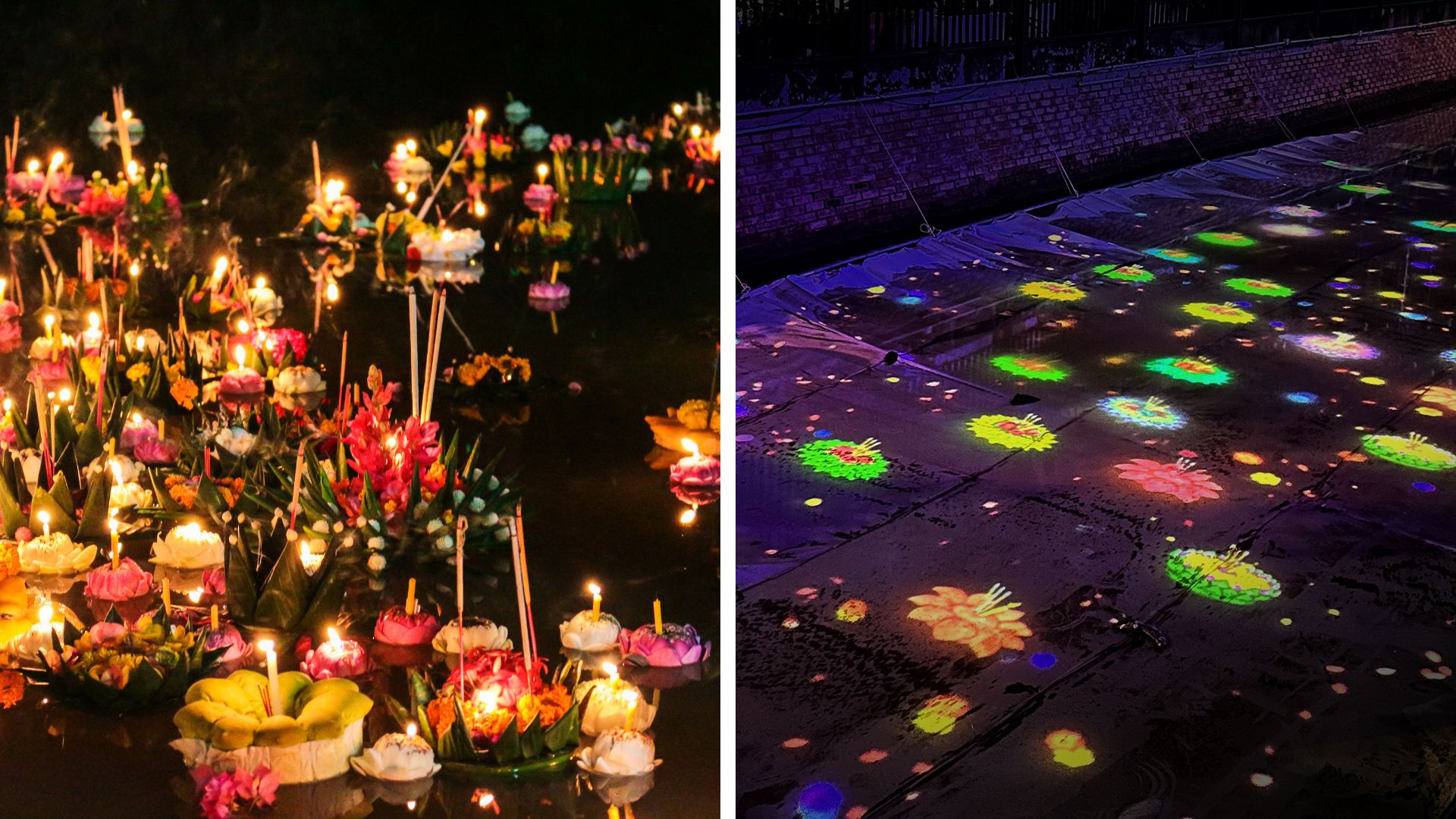
In recent years, it’s become clear that some of our most cherished traditions have unintended consequences on the environment. The Loy Krathong Festival in Thailand is a prime example. In 2022 alone, 572,603 krathongs were set afloat in the rivers of Bangkok. While 95.7% were made from biodegradable materials, the remaining 4.3% consisted of foam blocks that could be in our waterways for up to 400 years if not properly managed. Even materials like bread and banana stems, despite being biodegradable, contribute to pollution and can harm aquatic life. This reality prompts us to ask: Isn’t it time to rethink how we celebrate this tradition, balancing our cultural practices with environmental sustainability?
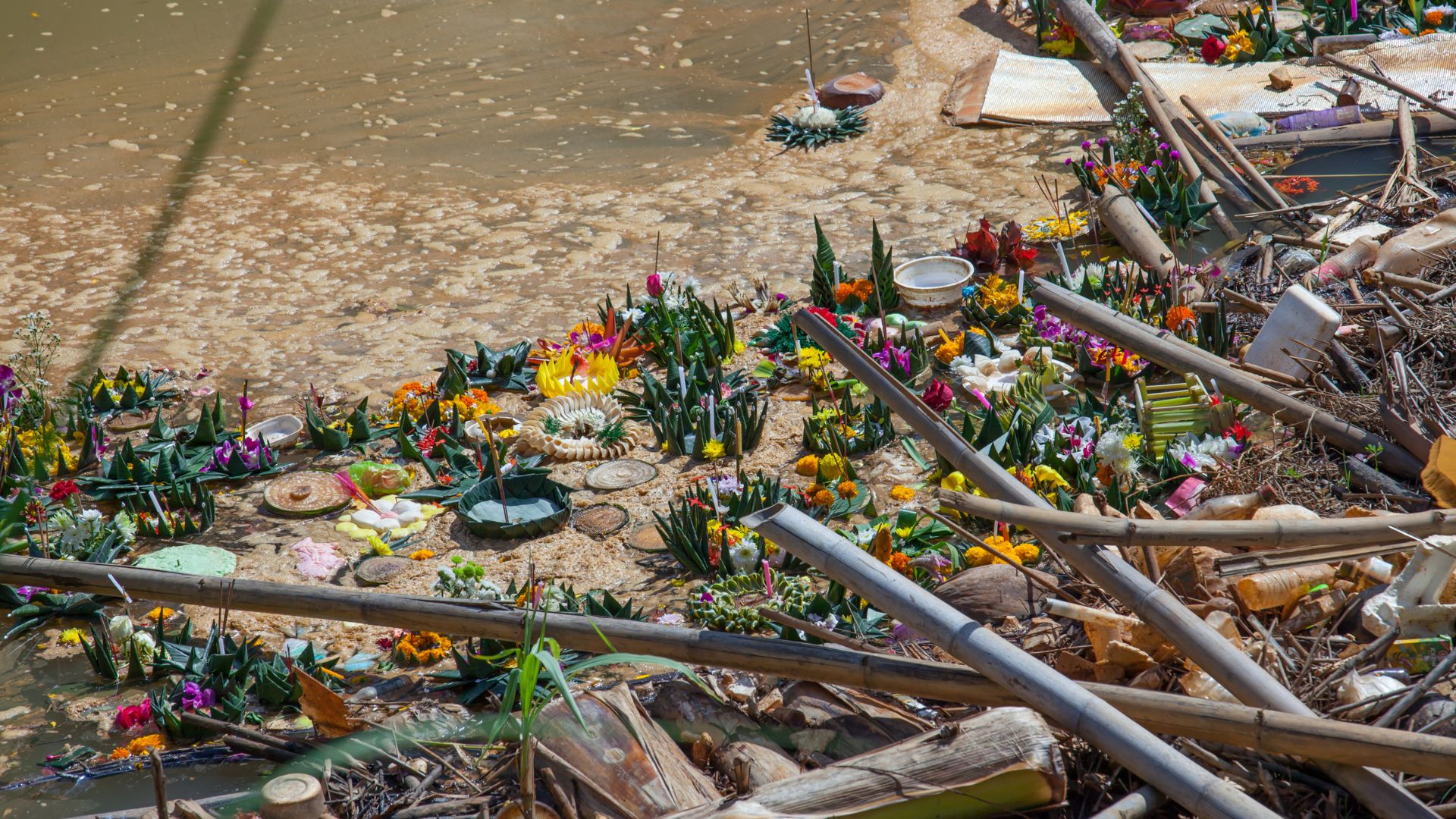
Beyond my responsibility at Around the Room Studio, I also serve as a technology content writer for Digital Picnic on a part-time basis. Before the year’s end, our team at Digital Picnic was selected by the Bangkok Metropolitan Administration (BMA) to contribute to the Loy Krathong Festival’s production at Khlong Ong Ang on 27 November 2023. Unlike traditional celebrations, this iteration of Loy Krathong aimed to minimize environmental impact through the use of creative technology and thoughtful interaction design, ensuring the festival’s cherished customs could be enjoyed sustainably without compromising on accessibility and inclusivity for all participants.
Instead of traditional krathongs, our innovative approach leveraged creative technology, specifically projection mapping, to bring this vision to life. Participants were invited to design their krathongs on paper. Once their creations were complete, we digitized these designs, transforming them into digital files that were projected onto the water surface at Khlong Ong Ang. This allowed us to mimic the traditional experience of Loy Krathong—watching as krathongs gently floated away—without the subsequent environmental damage.
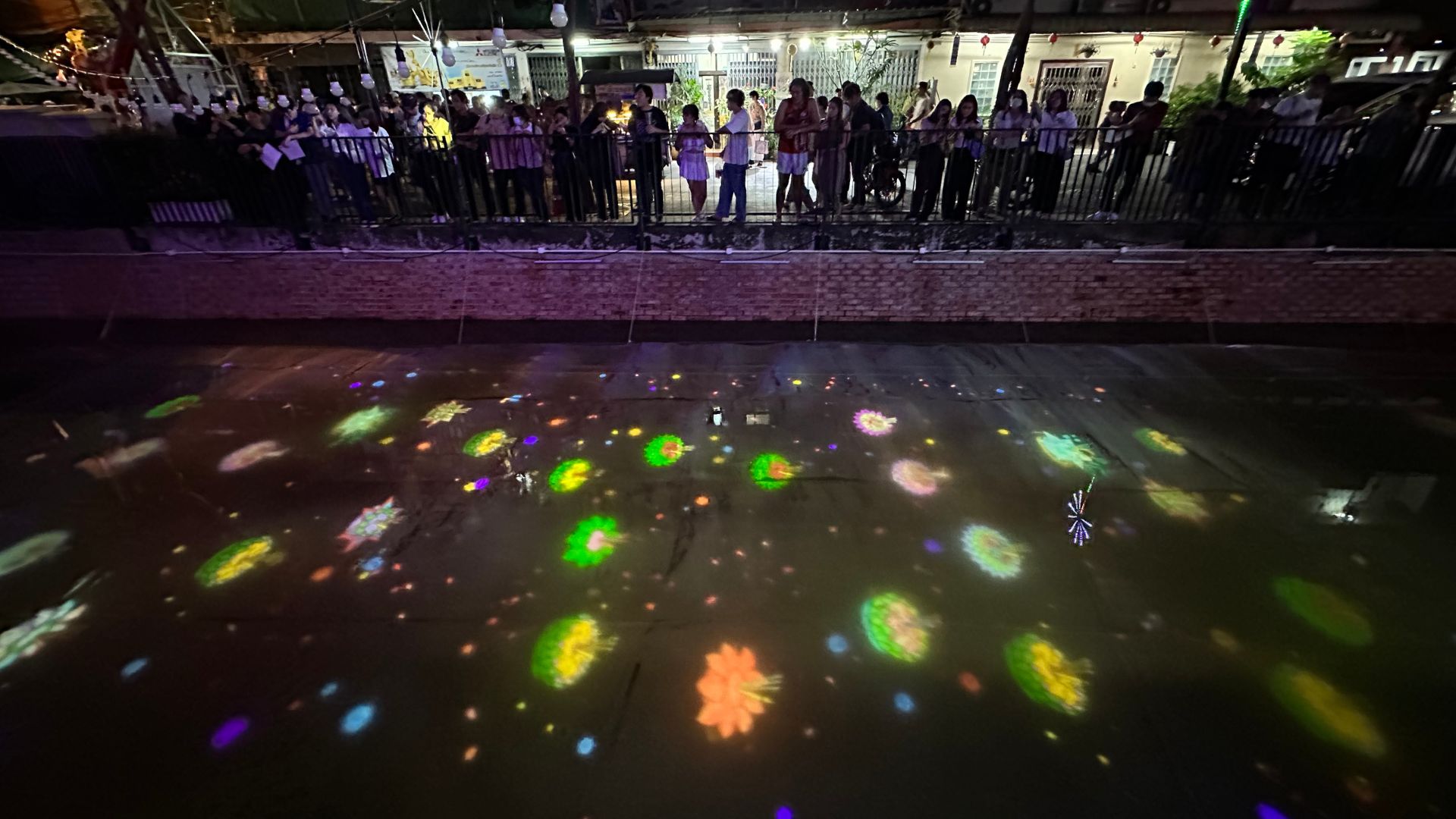
During the event, I was heartened to see attendees, particularly those of my generation, embrace the digital approach. Some even suggested using tablets or smartphones for painting the krathongs to avoid paper waste. This feedback underscored the growing environmental awareness among participants. However, our decision to use paper was a deliberate one, aimed at fostering a sense of community and interaction that digital devices could not replicate. By providing spaces for participants to sit and decorate their krathongs together, we facilitated a shared experience that transcended age and background, bringing together individuals from all walks of life.
Some critics argued that using paper contradicted our environmental goals. However, their concerns overlooked the broader picture. The paper used was minimal compared to the waste traditionally generated by the festival and was either taken home by participants as a keepsake or recycled by our team. More importantly, the alternative—exclusively using digital devices—would have significantly limited participation. The cost of providing devices, securing them, and the managerial challenges of engaging a large, diverse crowd in a public space would have detracted from the inclusive, communal spirit of Loy Krathong.

Striking a balance and carving out a middle ground are crucial for fostering societal change, especially when it comes to traditions deeply ingrained in our culture. The complete elimination of waste from the Loy Krathong Festival might suggest a shift towards digital mediums, like tablets, but this poses accessibility challenges for the elderly and those not accustomed to technology. Moreover, canceling the event is not a viable option, as many attendees seek to partake in this age-old tradition to wish for good fortune. If our proposed solutions do not align with the community’s expectations, there’s a risk they might revert to traditional practices, further harming our waterways. As technologists and interaction designers, our mission is to bridge this divide, aiming to discover innovative solutions that honor the environment while preserving the essence of this cherished tradition.
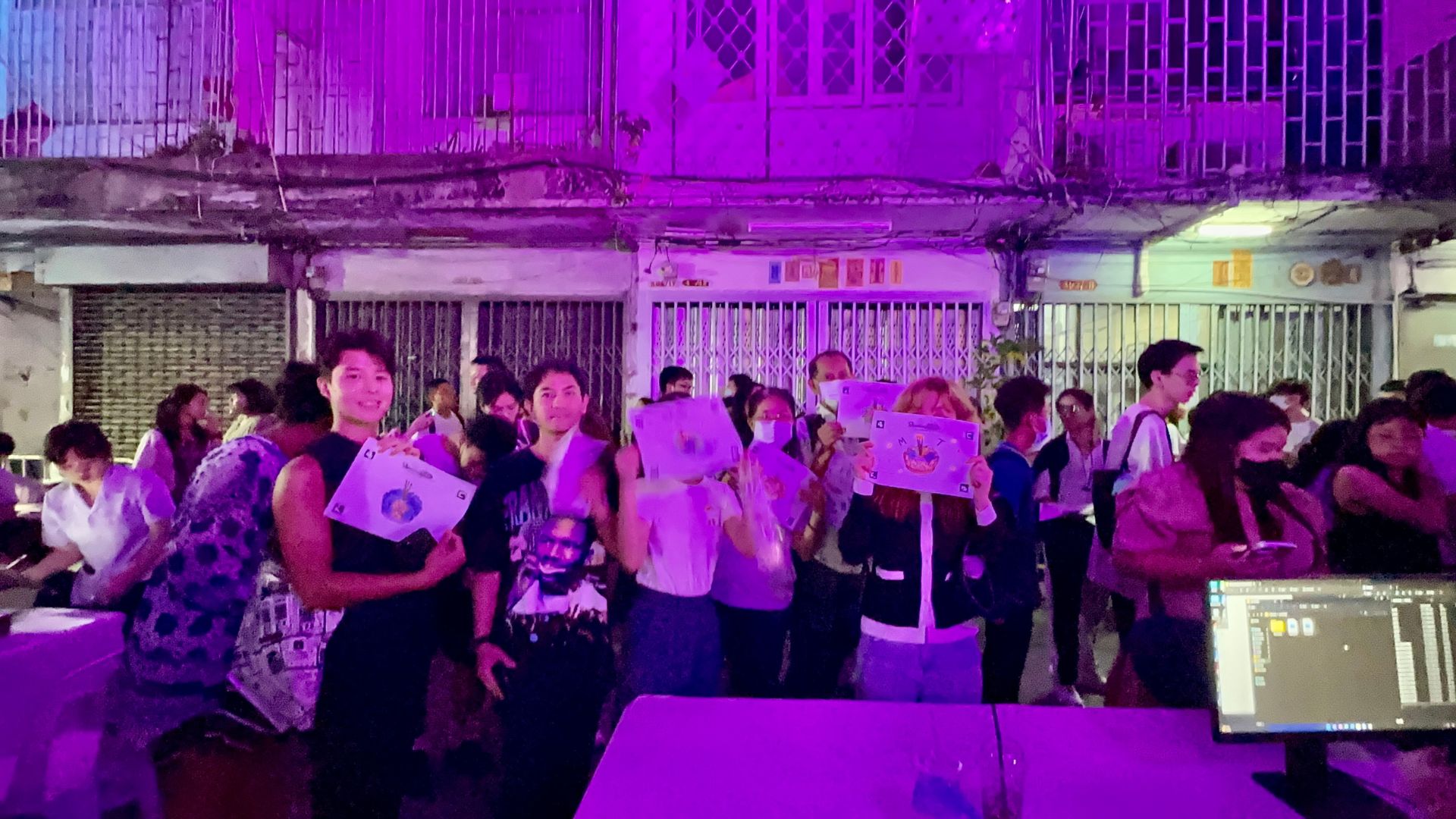
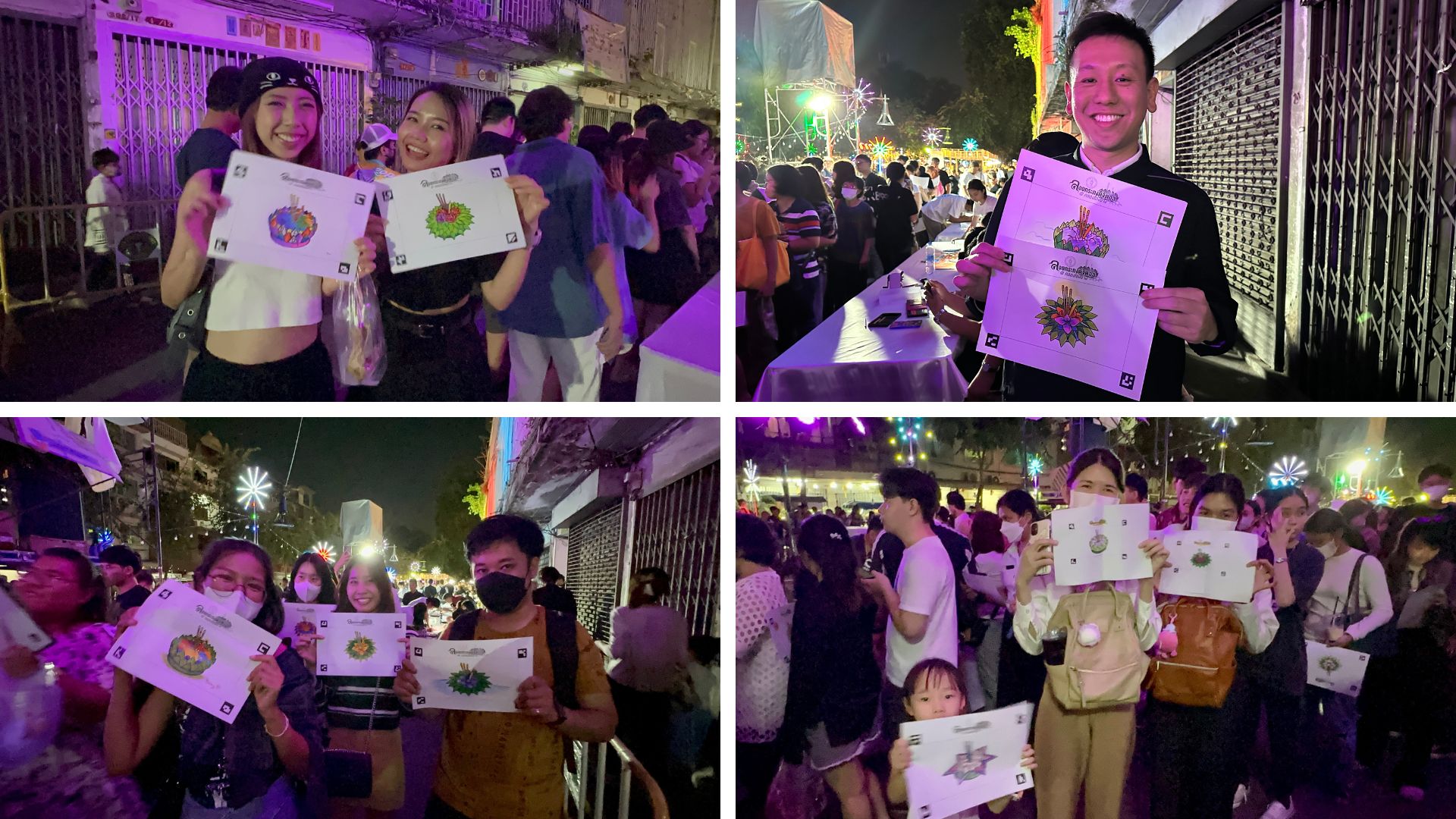
In conclusion, I am immensely proud of what Digital Picnic achieved. Our work demonstrated that technology can play a crucial role in evolving traditions, making them more sustainable and inclusive. The success of digital krathong is a testament to the potential of innovative solutions to bridge the gap between cultural heritage and environmental stewardship. As we look forward to next year’s festival, I am filled with optimism about the possibilities of using technology for social good, bringing us closer to a future where we no longer have to choose between our traditions and our planet.
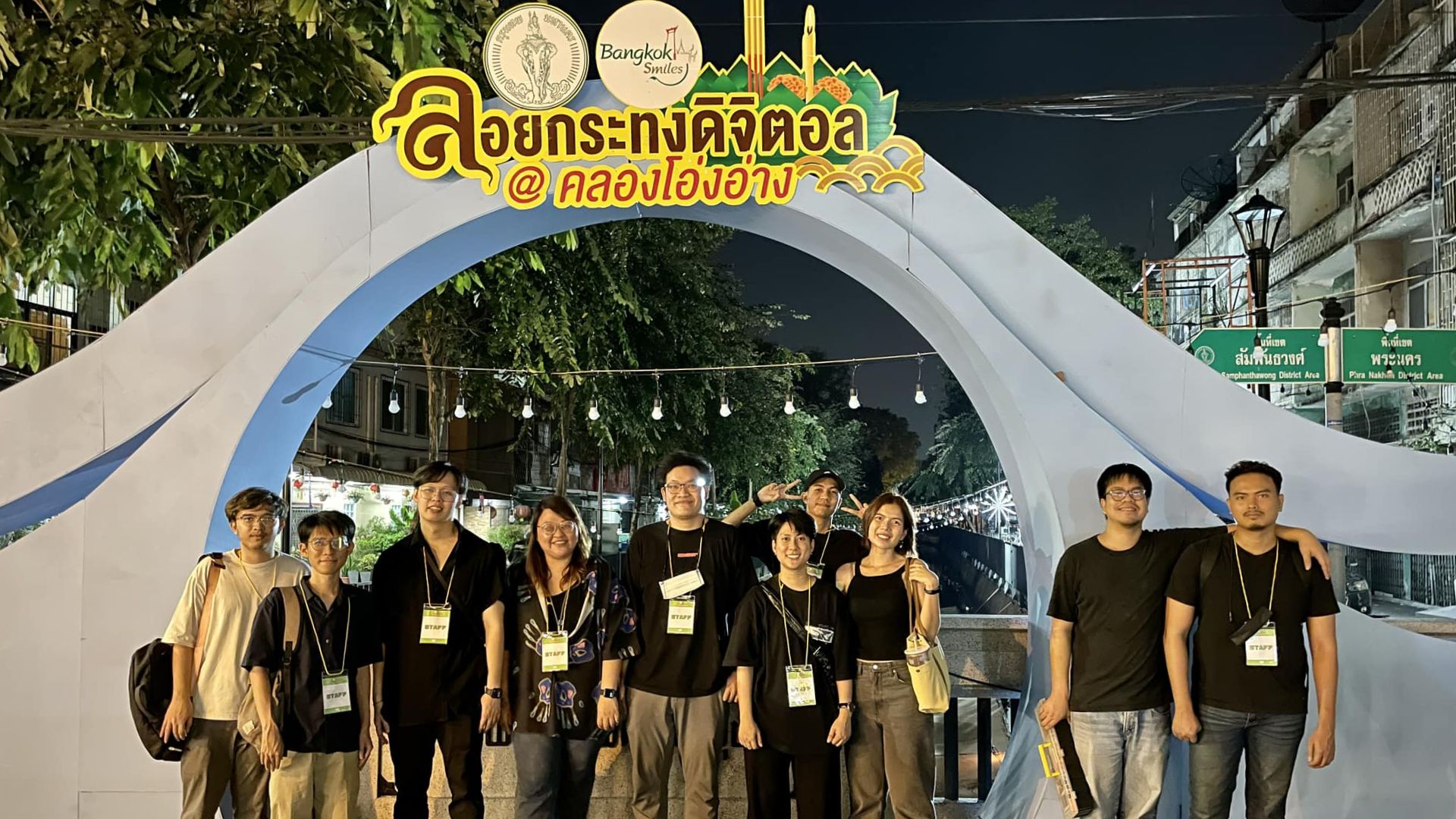
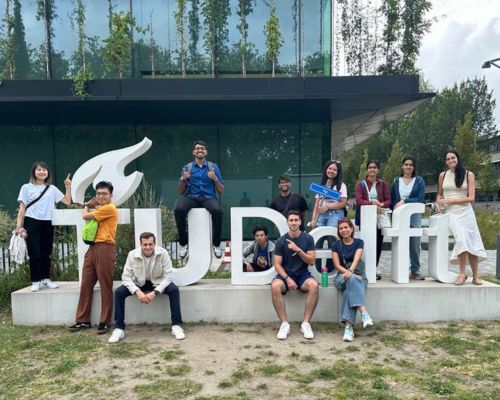 The time has finally come! I’ve arrived at TU Delft as a master’s student in the Engineering and Policy Analysis program! Delft and TU welcomed me with open arms, especially during the Introduction Program, where I met incredible new friends. It’s inspiring to be surrounded by people who share the same drive for self-improvement and the belief that we can create meaningful change through engineering, science, and interdisciplinary approaches.
The time has finally come! I’ve arrived at TU Delft as a master’s student in the Engineering and Policy Analysis program! Delft and TU welcomed me with open arms, especially during the Introduction Program, where I met incredible new friends. It’s inspiring to be surrounded by people who share the same drive for self-improvement and the belief that we can create meaningful change through engineering, science, and interdisciplinary approaches. Have you ever heard of or used IELTS Liz ? This post is about Liz, the owner of IELTS Liz. It’s an IELTS guide platform that has helped me develop my academic English skills. Even though I learned English through many platforms and teachers, her website was actually helpful, especially for writing—the skill I spent most of my time improving. I read almost every tip, trick, and free example given on her site. …
Have you ever heard of or used IELTS Liz ? This post is about Liz, the owner of IELTS Liz. It’s an IELTS guide platform that has helped me develop my academic English skills. Even though I learned English through many platforms and teachers, her website was actually helpful, especially for writing—the skill I spent most of my time improving. I read almost every tip, trick, and free example given on her site. …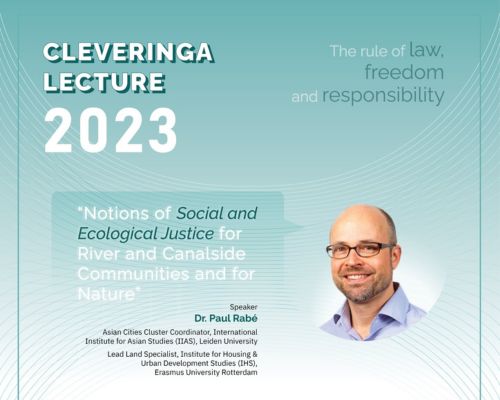 On November 22nd, 2023, I had the opportunity to attend the Cleveringa Lecture 2023 on the topic Notion of Social and Ecological Justice for River and Canalside Communities and for Nature at the Royal Netherlands Embassy in Thailand. This event, a collaboration between the embassy and the Urban Futures & Policy Research Unit of Thammasat University’s Faculty of Architecture and Planning, was more than just an academic gathering for me. It represented a fusion of my personal passion …
On November 22nd, 2023, I had the opportunity to attend the Cleveringa Lecture 2023 on the topic Notion of Social and Ecological Justice for River and Canalside Communities and for Nature at the Royal Netherlands Embassy in Thailand. This event, a collaboration between the embassy and the Urban Futures & Policy Research Unit of Thammasat University’s Faculty of Architecture and Planning, was more than just an academic gathering for me. It represented a fusion of my personal passion …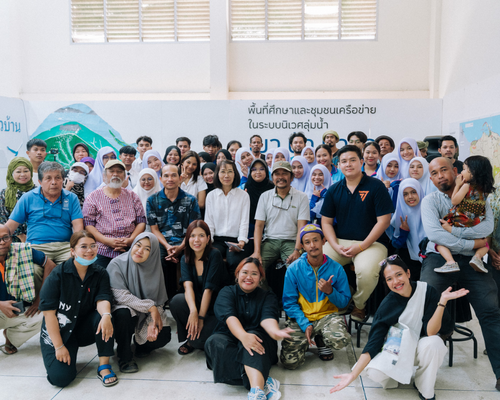 On Sunday, October 8th, 2023, I had an honor of being part of something truly special. Together with my incredible team at Around the Room Studio and the chief of the Natural History Museum and Local Learning Network, we hosted an event— “Community Database: The Power of Driving Participatory Society”. As a moderator of the event, I witnessed the fruition of a journey that started with our workshop series titled “Participatory Mapping & Community Database Design”, …
On Sunday, October 8th, 2023, I had an honor of being part of something truly special. Together with my incredible team at Around the Room Studio and the chief of the Natural History Museum and Local Learning Network, we hosted an event— “Community Database: The Power of Driving Participatory Society”. As a moderator of the event, I witnessed the fruition of a journey that started with our workshop series titled “Participatory Mapping & Community Database Design”, …